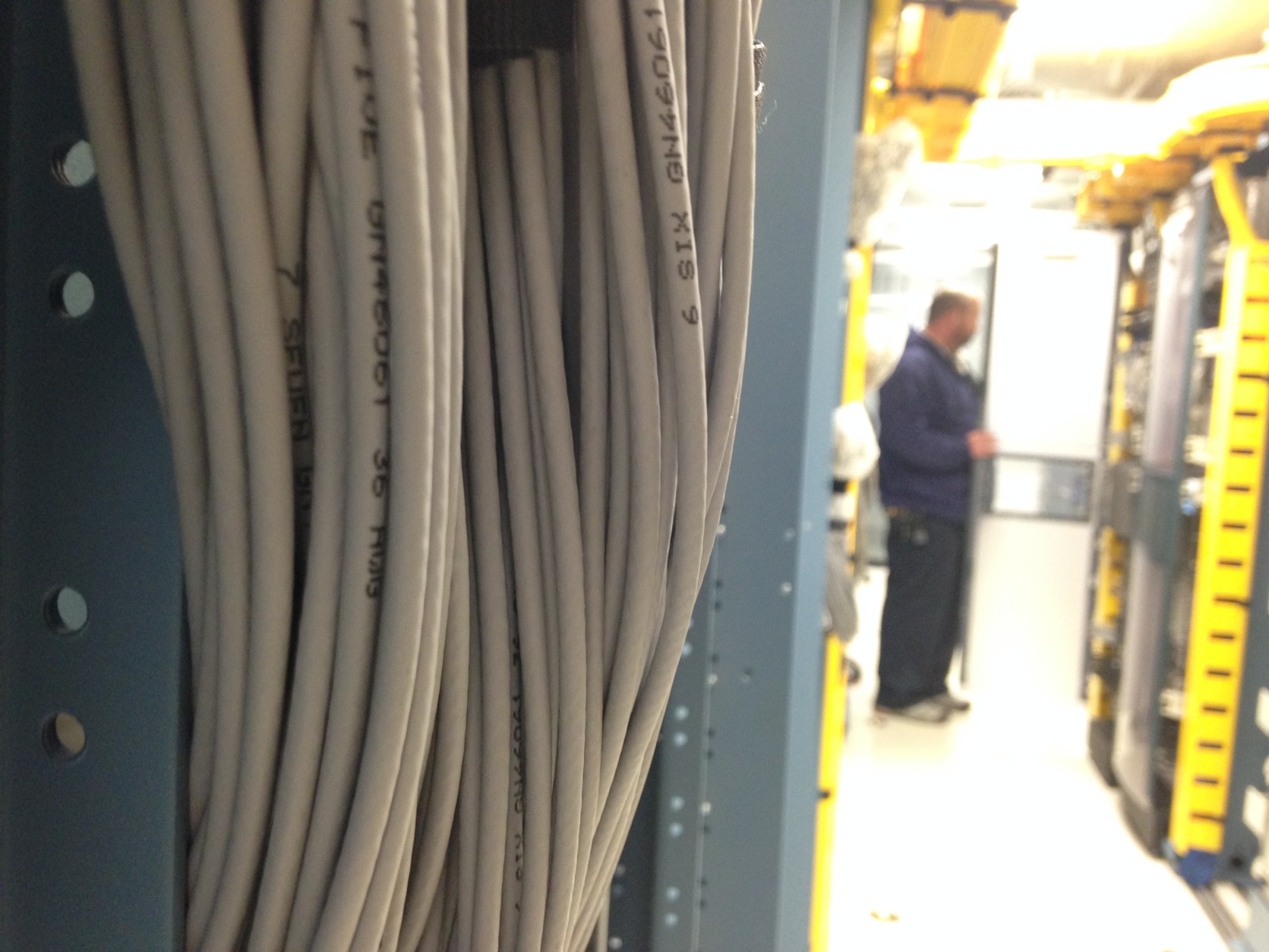
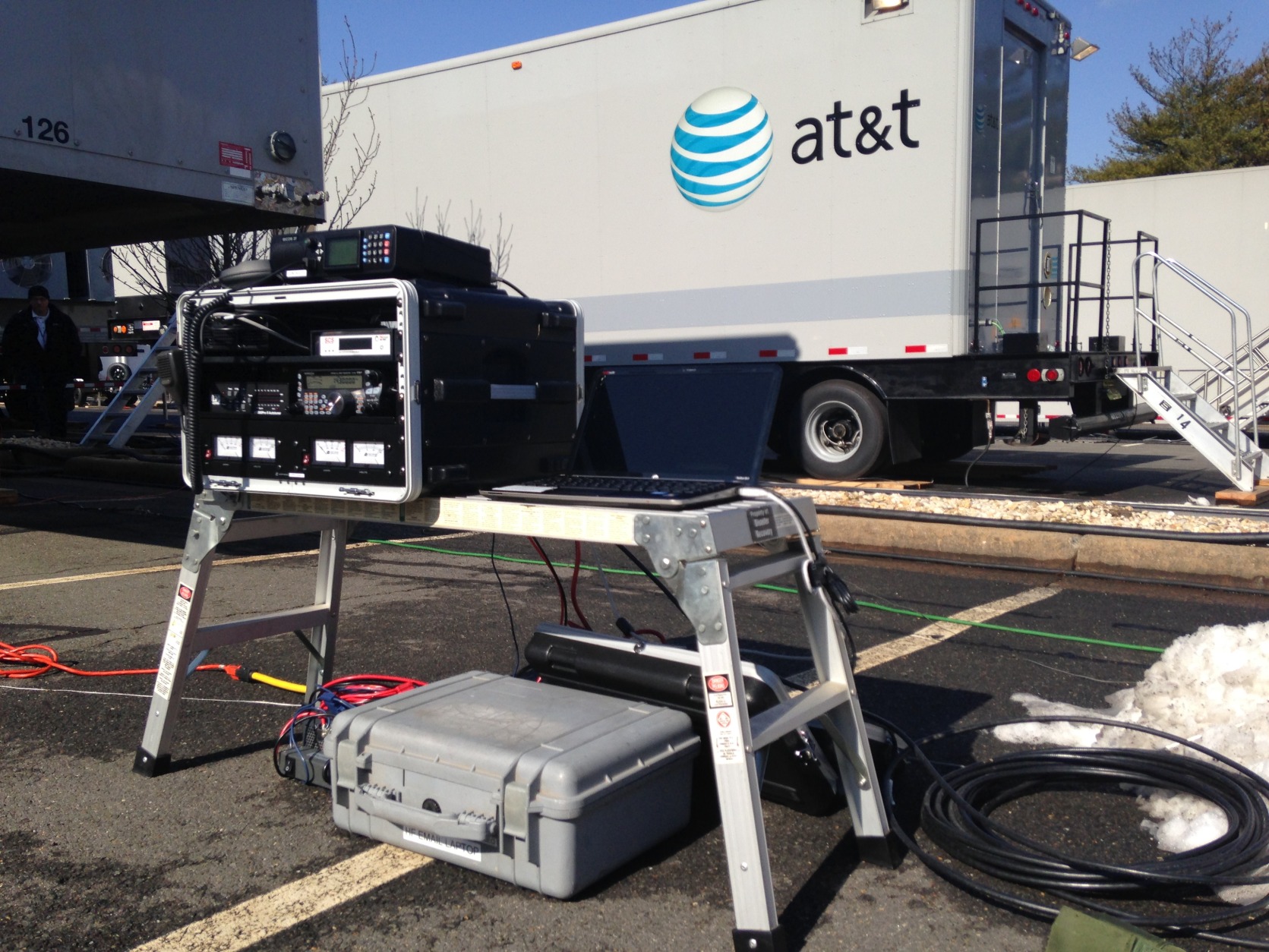
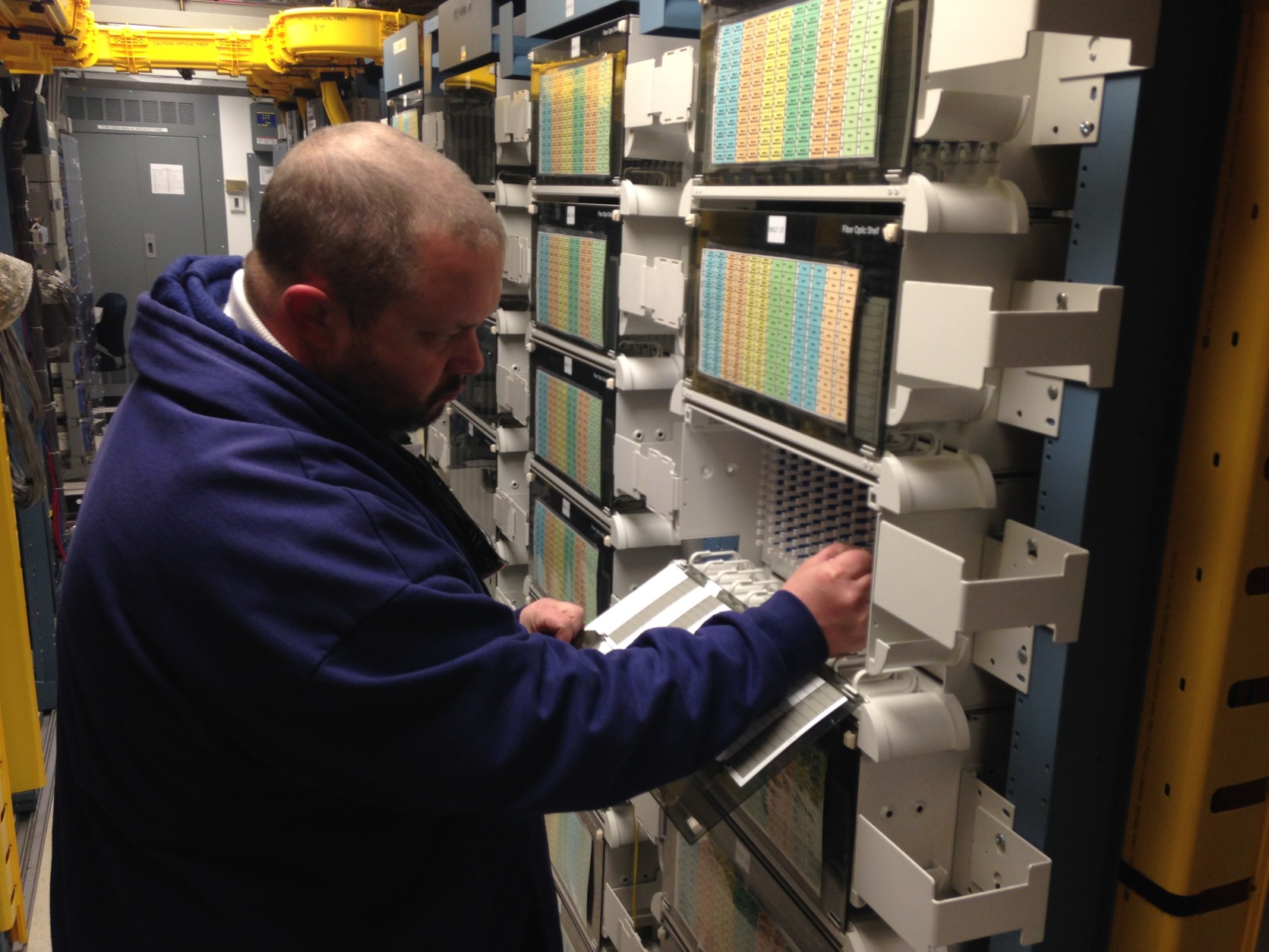
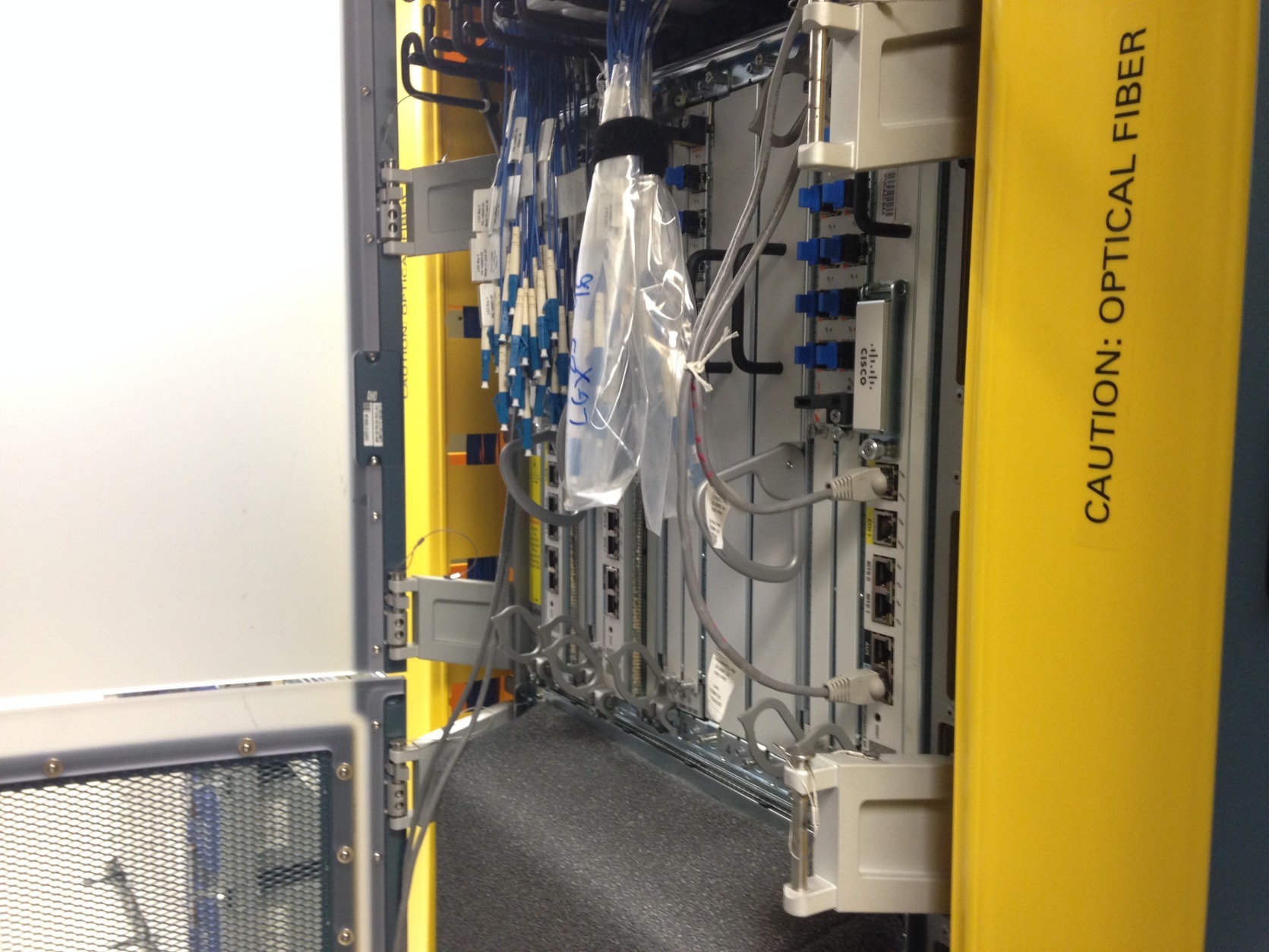
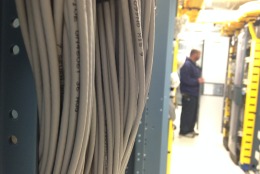
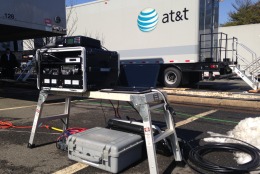
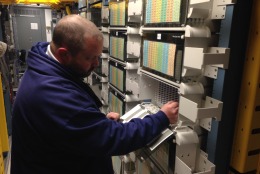
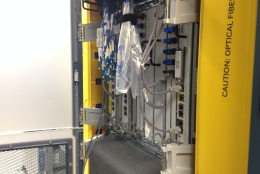
MCLEAN, Va. — As the damaging winds and thunderstorms of the June 2012 derecho blew through the Washington, D.C. region, the destruction left more than one million people powerless — literally and figuratively.
“People couldn’t call 911 after the derecho,” remembers then-Fairfax County police chief David Rohrer. “Panic set in.”
Rohrer, now the deputy county executive for Fairfax County, says hoping for a quick recovery after a natural or manmade disaster is natural, yet serves little purpose.
“Hope is not a strategy,” says Rohrer, speaking at an AT&T business community forum and network disaster recovery exercise at the Hilton McLean Tysons Corner.
“Disasters do not discriminate, and they do not recognize jurisdictions,” says Kenneth Mallette, executive director of the Maryland Emergency Management Agency.
Mallette, and others at the event, detailed the interdependency among utilities, businesses, public safety agencies, and governments in the wake of catastrophic disasters.
“I’m getting tired of the word ‘resiliency,'” says Mallette, suggesting intensive planning for emergency situations is more important than the ability to spring back in reaction to a crisis.
“We need to get businesses up and running,” says Rohrer, mentioning Home Depot, Lowes and Safeway as stores people would need immediately after a disaster. “I don’t know we do it as well as we need to.”
Preparing for the next time
AT&T holds disaster training several times a year, in different parts of the country, to discuss and demonstrate specialized equipment it deploys, with the jurisdictions desperate to maintain or resume communications.
“It’s absolutely essential,” says Mike Schweder, president of the AT&T Mid- Atlantic Region, of the incident management drills.
Dozens of tractor trailers filled a parking lot across the street from the Hilton in Tysons Corner, to show business owners, government officials, and first responders the detail of AT&T’s preparations.
“When the power goes off, we have wireless towers and locations throughout the area,” says Schweder. “What we need to be able to do to restore those is bring generators, bring secondary power back, prioritize what those locations are and obviously work with local governments to make sure those are up and running.”
In addition to coordinating with other utilities, AT&T typically coordinates with other phone providers during disasters.
Half-dressed in a yellow HAZMAT suit, Kelly Morrison, senior technical manager for network disaster recovery, says that if an entire network office were destroyed, the specially-equipped trailers would be brought in.
“What’s inside these trailers is the same thing that we’d have in a regular brick -and-mortar building,” says Morrison.
While the trailers would not be brought into the “hot zone” of a HAZMAT situation, they are outfitted with HVAC and other features to allow for an immediate disaster response.
“It’s prepared to assume the services of a failed office very, very rapidly, so we don’t have to look for an empty building,” says Morrison.
Helping first responders during disasters
In non-emergency situations, such as the Super Bowl or presidential inaugurations, AT&T brings in portable wireless towers ahead of time to deal with increased demand.
In those cases, the towers connect to the network through Ethernet or fiber.
The company doesn’t often doesn’t have that luxury during a disaster.
“We bring in our Satellite COLT,” says Morrison, referring to the Cell on Light Truck, which resembles a television news vehicle.
“We connect back to the network through satellite, so we can set up far away from where there’s a normal network,” says Morrison.
Crews are brought into remote locations, including those where wild fires raged in California and Colorado.
“Where there isn’t normal cellular coverage, and we can light it up with the footprint of coverage for those first responders,” says Morrison.
Coordination in the National Capital Region is especially challenging, says Schweder.
“You have so many political subdivisions, with two states right on top of each other, and the District. Our network doesn’t stop at political boundaries and needs to be coordinated across those.”
Follow @WTOP and @WTOPtech on Twitter and and WTOP on Facebook.







